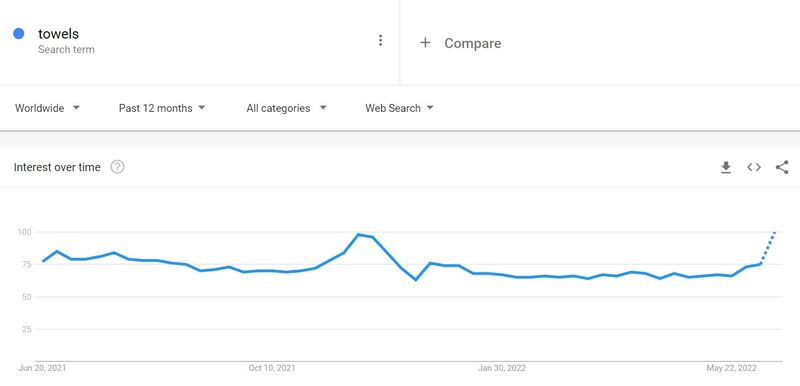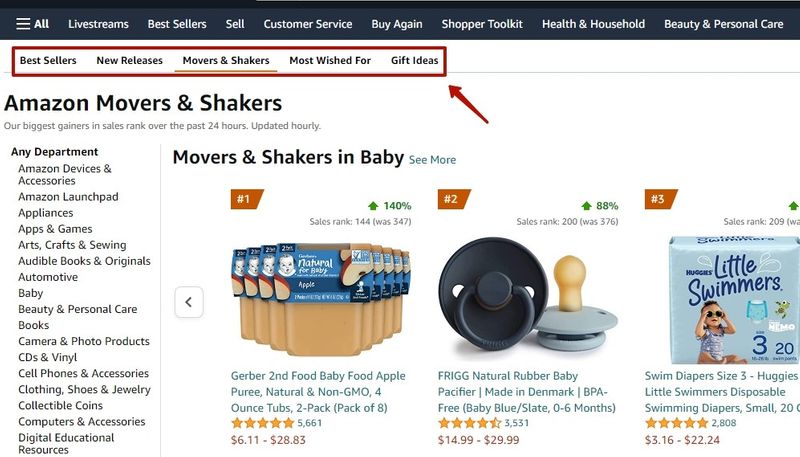
By 2026, Dropshipping is expected to grow to nearly $470 billion. Despite this, it is estimated that about 80% of dropshipping ventures don’t make it. What makes the difference between a good and bad dropshipping business? Knowledge.
Below, you’ll find out what you need to know to start a dropshipping business on Amazon.
What is dropshipping?
Dropshipping is a business model where you outsource fulfillment, shipping, storage, and quality assurance to a third party. When you receive order requests, you forward them to the dropshipping supplier. Most of the process is out of your hands.
Because most of the process is out of your hands, it has some advantages and drawbacks. You’ll see some of them below:
Pros
- Meager overhead costs and starting costs allow almost anyone to get started.
- It is effortless to scale this to a larger business
- You can dropship from your supplier to any company (Amazon, Shopify, eBay, etc.)
- There’s no need to pay for a large operating location. All you need is your computer.
- Great if you excel at marketing or customer service
- Impressive earnings if you find a niche you excel at
Cons
- Dropshipping has high competitiveness
- Profit margins are easily eroded in high-competition markets
- You have no control over shipment timeframes
- Inventory management is not in your hands
- Unique branding and products are not an option
- You have less ability for quality control
Dropshipping is an excellent way to test the waters for those new to eCommerce. Eventually, you can use the knowledge gained here to move into other selling fields.
However, many entrepreneurs stick with dropshipping long term. Those talented at reselling products and recognizing trends can make a lot of money.
How to start dropshipping on Amazon (three-step process)
Dropshipping is incredibly easy to get into if you are already approved to sell on Amazon. You’ll find it broken down into three steps:
- Finding good products
- Getting the best dropshipping suppliers
- Creating your Amazon listings
Good products might change depending on your dropshipping supplier (and vice versa).
You have several options for choosing the right product for a dropshipping business. Some of the best products for a dropshipping business include health and personal care goods, home and bedroom essentials, and wardrobes and accessories. Although not as common, selling used items is also viable for a dropshipping business. However, it’s doubly important to do your due diligence to find a reputable supplier of secondhand products.
Product research
Before you sell, you need to know what you are selling. Thankfully, the internet is full of excellent resources for finding product ideas.
If you have a tight budget, here are some free research tools:
- Google Trends – A tool that lets you see search terms’ historical data. When searching for target products, this can let you know about long-term potential.
- Social Media – Sites like Pinterest, Twitter, and Facebook are full of groups, influencers, and pages ready to discuss many products. Using the trending tabs on these pages can also help you find products.
- The Amazon Trend Report – A yearly report Amazon releases to let its eCommerce readers know about major trends for an entire year.
- Amazon Best Sellers – A list of the top-selling products (sorted by category).
- Amazon Movers & Shakers – A list of the fastest-growing products within the last 24 hours on Amazon.
These free tools are a great place to start. However, compiling this research can be time-consuming.
Also, you’ll find more compelling data if you use a third-party analytical tool for product research. One such example: AMZScout. The company has a free trial and a specific tool (The AMZScout Dropshipping & Arbitrage Tool) for dropshippers.
Using these third-party analysis tools can give you an edge against the competition. Specifically, it gives you immediately accessible data on whether a product works or not. Keep an eye out for this information:
- The number of sellers. More than 20 sellers mean it’s pretty competitive.
- Too few sellers (one to three) means the product might not be popular or has high requirements.
- Profit margins. You want to make sure you can make money with higher margins.
- Niche & product popularity. You want to sell products in a niche with consistent results.
Find a supplier
There are many dropshipping suppliers available. If you ask any of them, they all have the products of your dreams. While you can succeed with numerous suppliers, picking one is essential.
One gets you started on understanding how to manage a supply chain. As a dropshipper, most of your initial work goes into filling in orders. Making sure that sales transform into shipments is a big part of what you do as a dropshipper.
To keep things simple, starting with established platforms can help. Here’s a list of companies you can work with:
- AliExpress
- Doba
- Wholesale2b
- Oberlo
- Modalyst
- Megagoods
- Sprocket
- CJDropshipping
- CROV
While some of the companies on this advertise as wholesalers, all have dropshipping features. You can also trust them, which is incredibly important when selling products on their behalf.
If you want to try a dropshipper, not on this list, you’ll need to take some extra precautions. Here are some tips to keep in mind to spot legitimate dropshipping suppliers:
- Avoid dropshipping suppliers with regular monthly fees unless those costs go into another dropshipping tool.
- Don’t buy from “dropshippers” that don’t have an approval process. If they sell to the public, you aren’t getting a deal.
- See if the company has a good public reputation through sites like Trustpilot.
- Contact the company’s customer service line and see if there are ways to reach out to individual manufacturers.
Ideally, you want to work with a dropshipping supplier that integrates with Amazon and another site. For example, Sprocket and Oberlo work with Shopify, giving your business better scalability.
Deciding on your supplier based on expansion potential saves you from having to find new suppliers when growing. Making your life easier is never a bad thing.
Creating a listing on Amazon
You work on your Amazon store once you have the best products from the best suppliers. To start, you’ll need to work on creating an Amazon listing.
Ideally, you’ll be able to find an existing listing for your product on Amazon. If you can’t, ensure your product is in a high-demand, low-competition niche. Otherwise, you might struggle to sell.
Once you have the listing available, you need to work on creating your unique version of it. You’ll want to have the most engaging description. You’ll also need to have good product images.
The process for making an excellent listing is known as Amazon Listing Optimization. Here are some tips to make sure you are ready.
- Use keyword-finding tools (like through AMZScout) and see the keywords you can use (and your competition uses).
- Ensure your primary product image has a white background and is only of the product sold.
- Focus on long-tail keywords that include five or more words so you can focus on lower-competitiveness targets.
- Include high-quality images that display product data and show your product being actively used.
- Don’t use high-pressure sales tactics. Focus on how your features transform into benefits for the customer.
Read the Amazon Product Detail Page Rules before creating your product listing. There are many requirements behind creating a product listing on Amazon. Knowing those requirements can help your business avoid TOS violations.
Conclusion
When dropshipping on Amazon, it’s essential to start at your pace. Newbies to eCommerce should stick with a small handful of products. Once they get comfortable with the system, expanding to many can help diversify your sales channels.
Dropshipping can be a terrific business regardless of how you approach it. It’s one of those businesses you can bring up within days, so give it a shot. Best of luck with your new dropshipping empire!




